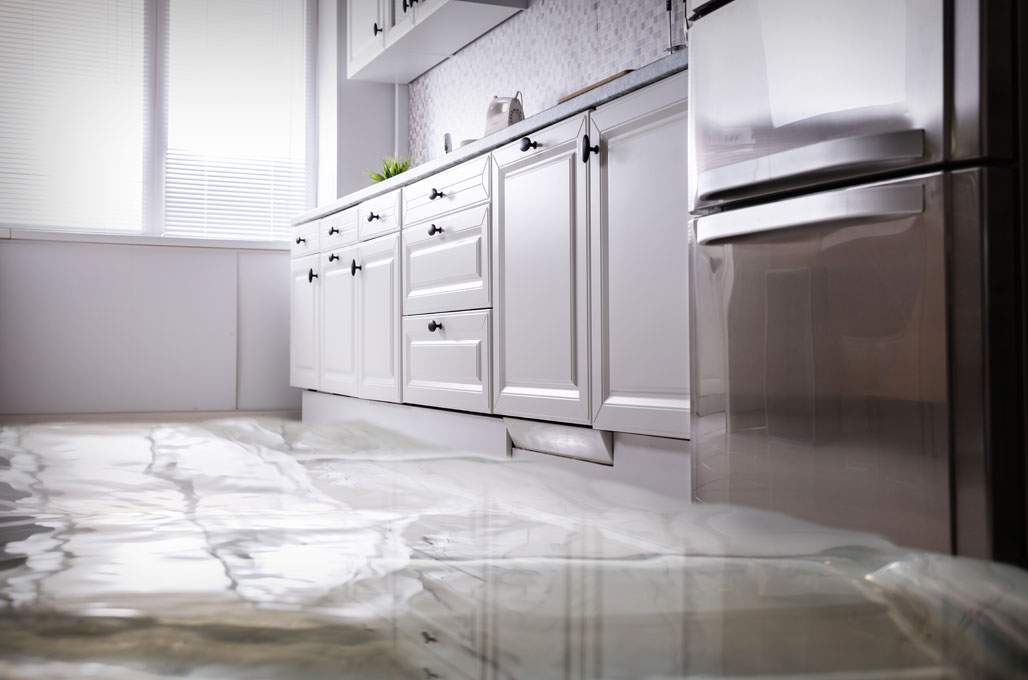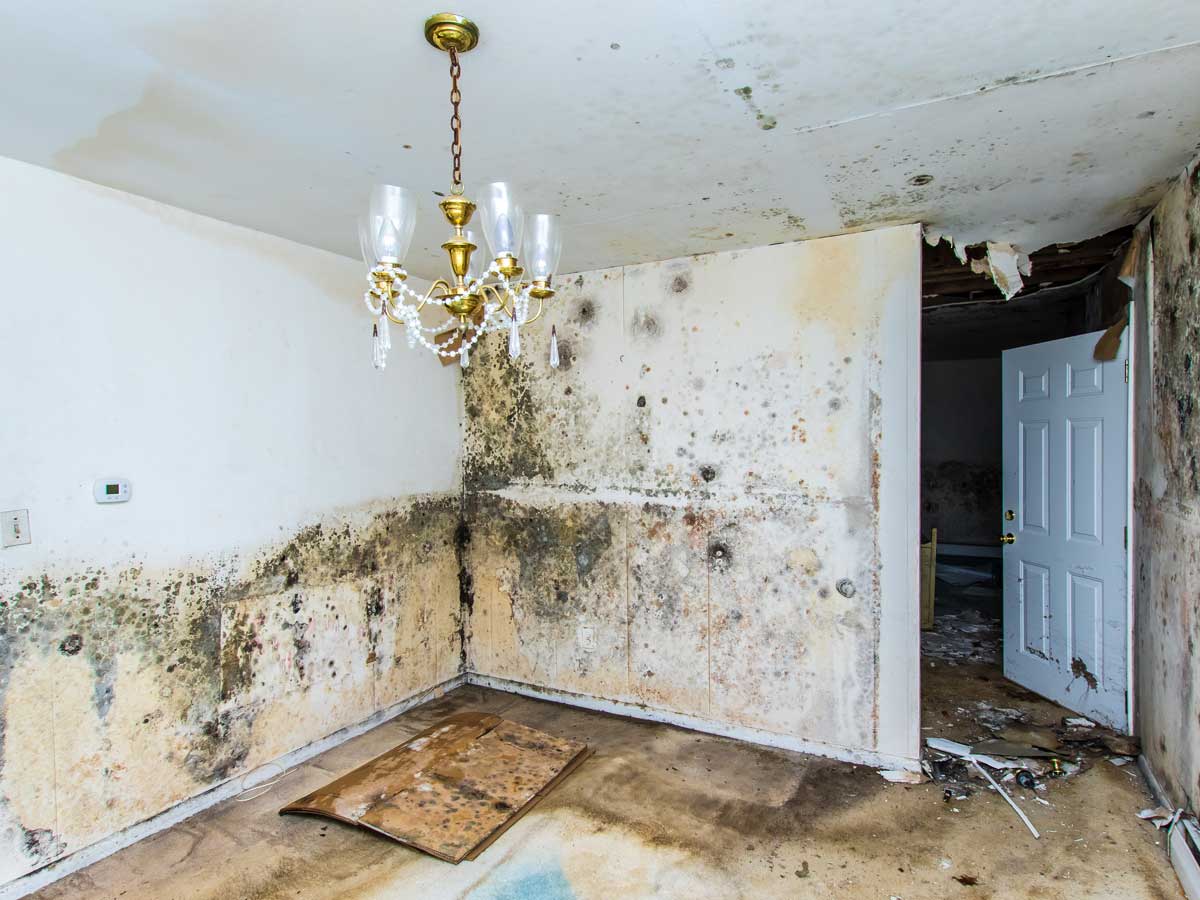Efficient Water Mitigation Techniques You Required to Know
Water damage can be a costly and disruptive concern for residential property owners, making it critical to be fluent in effective water mitigation strategies. From very early discovery and examination to effective water extraction approaches and thorough drying strategies, there are necessary actions to take in mitigating water damages.

Very Early Discovery and Evaluation
Early detection and inspection are vital actions in the procedure of water mitigation to recognize and address possible resources of water damage immediately. Determining these problems early on can protect against additional rise of water damage, inevitably conserving time and resources in the reduction process.
In addition, very early discovery permits for quick activity to be absorbed drying out influenced locations and carrying out required repair work to avoid mold growth, architectural damage, and various other long-term repercussions of water damages. Prompt treatment not just alleviates the prompt influence of water intrusion however additionally helps in protecting the stability and safety and security of the residential or commercial property in the lengthy run. Focusing on early detection and inspection as essential components of water mitigation strategies is necessary for reliable damage control and reconstruction efforts.
Reliable Water Extraction Methods
Detection and assessment are important actions in any type of water mitigation procedure, laying the foundation for effective water extraction techniques to quickly remove excess water from influenced locations. Once the level of water damage is examined, it is important to employ efficient removal techniques immediately. Water extraction can be achieved with numerous methods, consisting of the use of effective pumps, wet vacuum cleaners, and dehumidifiers.
Specialist water mitigation groups typically use submersible pumps to rapidly eliminate large quantities of water from the properties. These pumps are qualified of drawing out water at a quick speed, decreasing the risk of additional damages to the residential or commercial property. Wet vacuums are likewise commonly made use of to target smaller sized locations or hard-to-reach rooms where standing water continues.
In addition, dehumidifiers play a vital duty in the water extraction procedure by minimizing wetness degrees in the air and speeding up the total drying out time - mold mitigation saratoga. By combining these extraction approaches strategically, water mitigation experts can efficiently extract water, alleviate damages, and prevent mold development, eventually recovering the damaged location to its pre-loss problem
Thorough Drying Strategies
To ensure detailed water damage reduction, thorough drying out methods are essential in removing residual moisture and preventing potential architectural concerns. After water extraction, the emphasis moves to drying out the influenced areas completely. One effective approach is using industrial-grade dehumidifiers to minimize moisture levels, assisting in the dissipation of dampness from surfaces and products. Correct air flow is vital for drying, and professionals may purposefully position air moving companies to improve visit the website circulation and quicken the drying process.
In instances of water damage, permeable materials like drywall and carpets can trap moisture, bring about mold and mildew growth and architectural weakening otherwise sufficiently dried. To address this, experts might utilize specific tools such as dampness meters to measure wetness degrees within products, making sure comprehensive drying. Additionally, the removal of walls or drilling small openings in walls might promote drying out in wall surface dental caries where dampness can stick around undiscovered.
Mold And Mildew Avoidance and Remediation
Complying with the detailed drying methods in water reduction, the focus now shifts towards resolving mold avoidance and remediation to safeguard against possible health threats and structural damages - mold mitigation saratoga. Mold can quickly develop in areas influenced by water damages, positioning severe health and wellness threats and jeopardizing the honesty of the structure.
It is crucial to attend to mold concerns without delay and effectively to stop more damages and make certain the safety of residents. By implementing these mold avoidance and removal methods, the threats linked with water damage can be considerably reduced.
Architectural Fixing and Remediation

Painting walls, replacing floor covering, and addressing any kind of noticeable water discolorations are common practices. Additionally, dealing with any type of sticking around dampness concerns and ensuring proper ventilation can assist prevent future structural damages and mold and mildew growth.
Conclusion
Finally, reliable water mitigation techniques such as early discovery, reliable water extraction, complete drying out, mold prevention, and architectural repair are important in minimizing damage and bring back impacted locations (mold mitigation saratoga). By following these actions faithfully, home proprietors can reduce the effect of water damages and prevent further problems such as mold and mildew development. It is essential to act promptly and employ these strategies to guarantee an effective water mitigation process
Water damage can be a expensive and turbulent concern for building owners, making it critical to be well-versed in reliable water mitigation techniques. From very early discovery and inspection to efficient water extraction approaches and complete drying techniques, there are crucial steps to take in mitigating water damage.Early detection and evaluation are critical steps in the process of water reduction to identify and deal with possible sources of water damage promptly.Detection and inspection are important actions in any type of water mitigation procedure, laying the structure for reliable water removal methods to promptly eliminate excess water from impacted locations.In important link final thought, effective water reduction strategies such as very early discovery, reliable water removal, detailed drying, mold avoidance, and architectural fixing are critical in reducing damages and recovering impacted areas.